Official government website of the Government of the Kingdom of Saudi Arabia
Links to official Saudi websites end withgov.sa
All links to official websites of government agencies in the Kingdom ofSaudi Arabia end with .gov.sa
Government websites use theHTTPSprotocol for encryption and security.
Secure websites in the Kingdom of Saudi Arabia use the HTTPS protocolfor encryption.
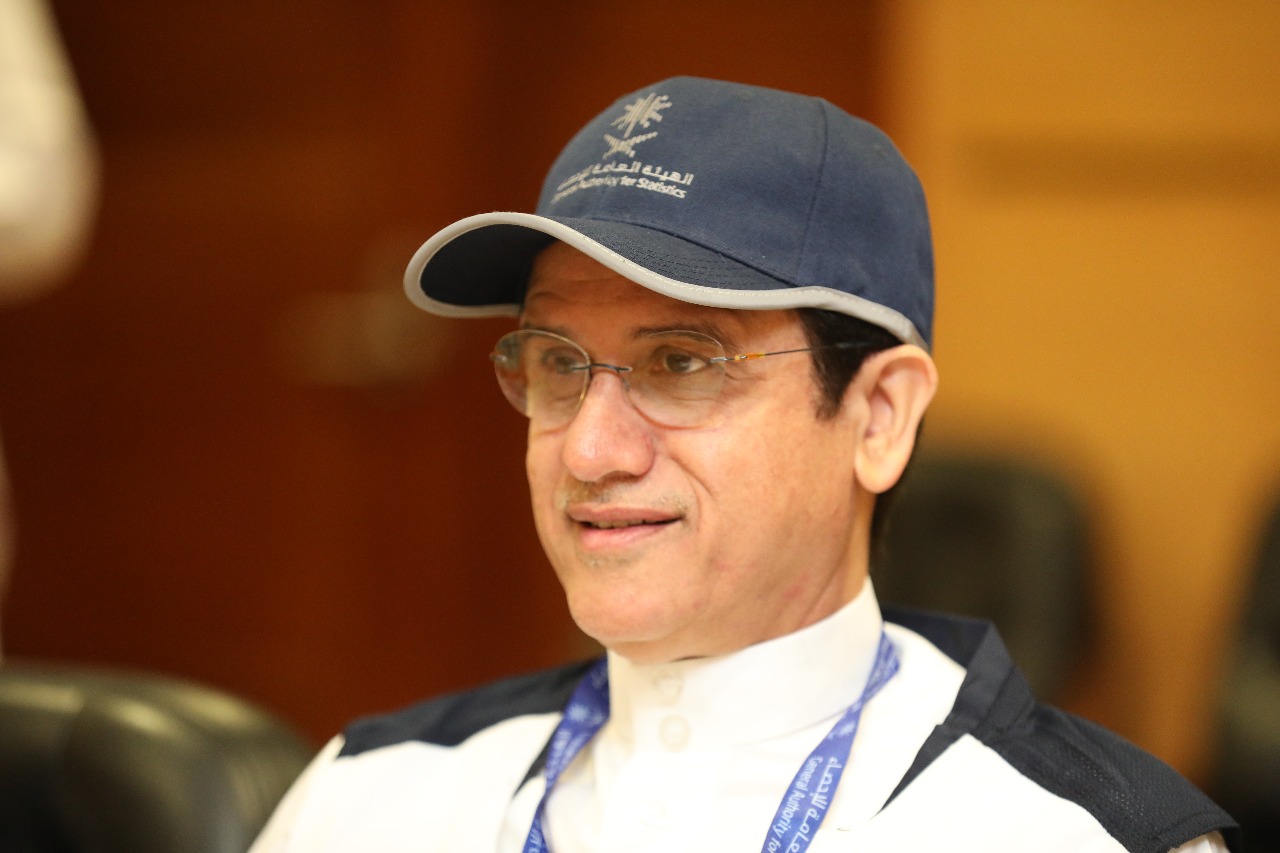
GaStat operates an advanced technical system in the implementation of "Hajj statistics"
27-08-2018

GASTAT launches the “Hajj statistical map” to publish data and facilitate information access
27-08-2018
GASTAT: The total number of pilgrims in 1439H Hajj season reached (2.371.675) pilgrims
20-08-2018
‘’GASTAT’’: More Than 7.400 Employees to Provide Information and Communication Technology (ICT) Services for Hajj Season of This Year
17-08-2018
“statistics” : More than 47.700 employees providing the services of transport, post, shipping, and supply to pilgrims
16-08-2018
“Statistics”: More Than 32,500 Employees Provide Medical and Health Services to Pilgrims in 1439 H Hajj Season
15-08-2018
“Statistics” Six Governmental Entities Integrate with Each Other to Provide Supervision and Follow-up Services to Guarantee the Success of 1439 H Hajj Season
15-08-2018
With more than 7300 supervisors, and 1480 vehicles in the field “Statistics” Six Governmental Entities Integrate with Each Other to Provide Supervision and Follow-up Services to Guarantee the Success of 1439 H Hajj Season TheGeneral Authority for Statistics (GASTAT) announced today in the statistical calendar of 1439 H Hajj season published on its official website www.stats.gov.sa that the number of the workforce that provides supervision and follow-up services to pilgrims reached more than 7300 supervisors and observers, including more than 160 women. Six governmental entities provide the supervision and follow-up services; Makkah Region Emirate, Medina Emirate, Ministry of Hajj and Umrah, Ministry of Commerce and Investment, Control and Investigation Board, and Ministry of Labour and Social Development. These entities have many supervision tasks such as: general supervision on all services provided in Hajj from all government entities, coordination with different government entities, making sure that all necessary preparations related to Hajj season are available, developing necessary plans to address any faults or notices in order to prevent them in the Hajj season, follow-up and coordination of the procedures related to the projects' implementation and services provision in the sites related to Hajj and Umrah in Medina Region, Supervising the work of the office units and committees that carry out field tasks related to the matters of pilgrims and Umrah performers, Participating in the committees, studies and research related to the works of Hajj and Umrah, Verification of arrival procedures completion speed in the land, sea, and air ports, making sure that the pilgrims are heading directly to their residences in Makkah and Medina, Supervision on the performance of the entities working in the ports which are supervised by the ministry (pilgrims guide institutions, agencies unified office, General Cars Syndicate, Pilgrims buses guidance bureau) and monitoring the failure, monitoring any direct development, Supervising the operations of transferring pilgrims from the air, land and sea ports to Makkah and Medina to be safe and easy, Inspection of Pilgrims' residences in Makkah and Madinah and address deficiencies if any, Follow-up the availability of quantities of goods, basic food supply and main meals in Makkah, Medina ,Jeddah, Taif and the holy places, follow up the availability of quantities in the suppliers and traders of food supply, basic supplies, national factories and the quantities of goods associated with them imported from Jeddah Islamic Port and other ports, monitoring the inventory and follow-up its availability in sufficient quantities to meet any potential increase in demand, or the occurrence of emergencies requiring food supply with continuous supplying without obstacles, Increasing the supervision on shops to ensure the quality of food commodities offered ,their suitability for consumption and its conformity to the standard specifications, supervision of the services provided to pilgrims in the ports of entry and ports of departure by land, sea and air, Comprehensive control over the services provided in the Hajj, Participation with the committee of sites distribution and clearance of government entities in the holy places, Follow up the arrival of seasonal labor through air, land and sea ports, Follow up seasonal labor during the Hajj season and make sure of their workplaces and places of residence, Follow-up facilities with seasonal visas and the application of regulations against any violation, as well as providing social care for children and elderly in care centers. The supervision and follow-up work of the concerned governmental entities includes both office work and the field work, as the total number of vehicles assigned to these tasks in the field reached more than 1480 vehicles, including custom equipment, cars, and motorcycles equipped with more than 2320 wireless devices for direct communication. The 1439 Hajj Statistical Calendar, published by the General Authority for Statistics, contains details of these statistics, it can be accessed through the official website of the GASTAT.
“Statistics”: More than 192.200 Male and Female Employees Working Around the Clock to Serve the Pilgrims in the Field of Public Services
14-08-2018
GASTAT starts the enumeration process for pilgrims of 1439 H
12-08-2018
GASTAT Launches the “Statistical Calendar” for 1439H Hajj Season
12-08-2018

Makkah Receives Pilgrims with "Security" and " Statistics"
11-08-2018
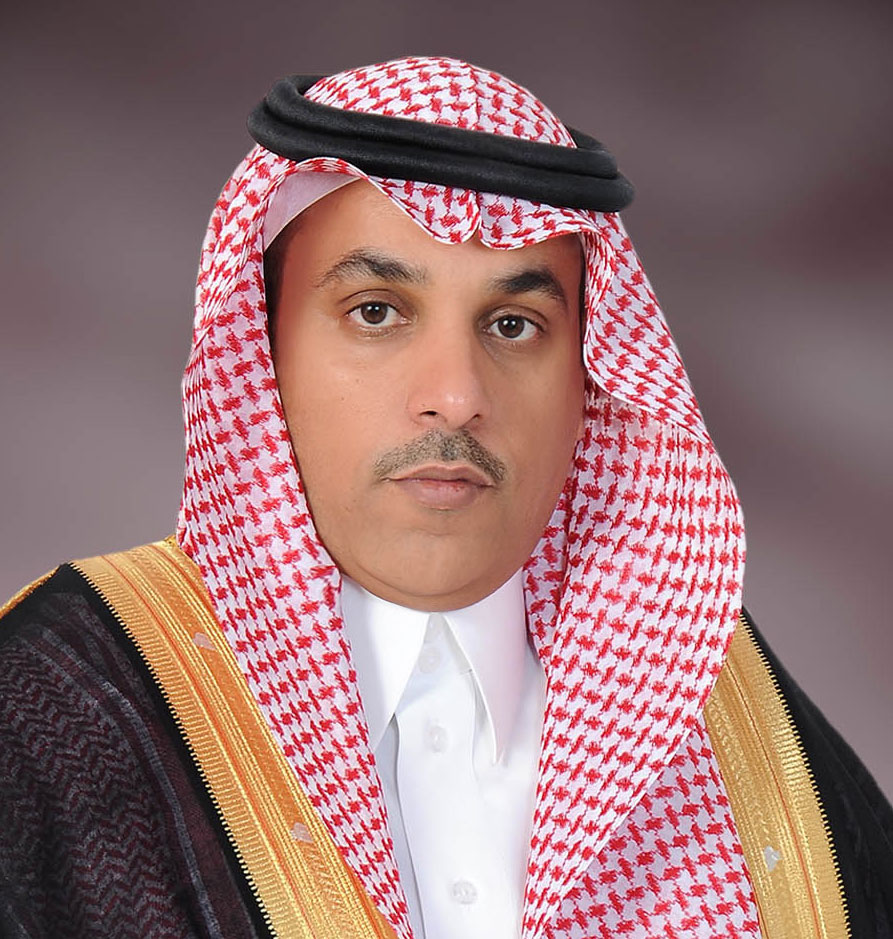
Dr. Fahad Altekhaifi: Saudi Arabia is the Heart of the Islamic World, and Serving Pilgrims is an Honor
11-08-2018
Saudi Arabia was pleased to serve 54 million pilgrims during the last 25 years
09-08-2018
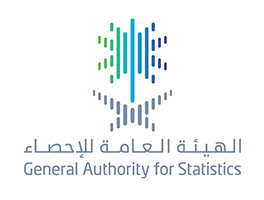
GASTAT Releases the Results of the Household Health Survey 2017
30-07-2018
The General Authority for Statistics (GASTAT) Released the Real Estate Price Index, Q2, 2018
30-07-2018
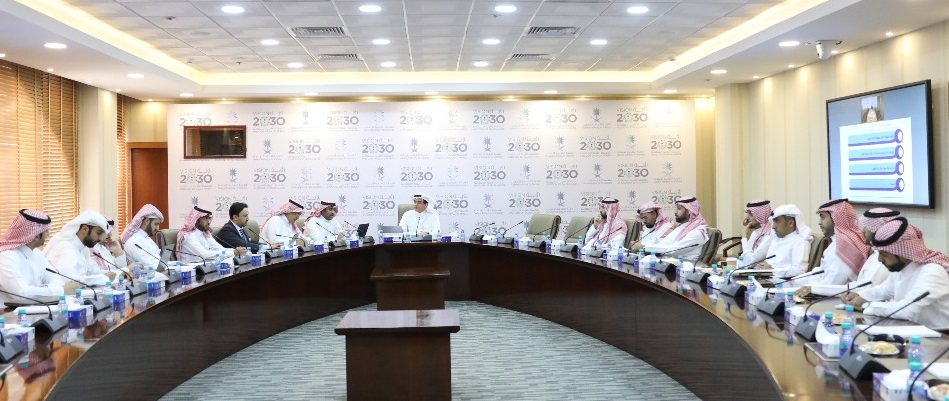
The Task Teams of the (Coordination Committee of the General Authority for Statistics) discuss ways of exchanging data between government entities
16-07-2018
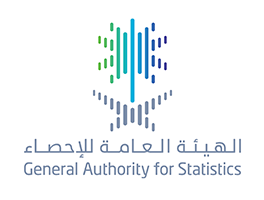
GASTAT: Saudis economic participation rate increased, total population unemployment rate is (6.1%), and Saudis unemployment rate is (12.9%)
05-07-2018

The General Authority for Statistics is conducting 5 field statistical works next week
04-07-2018

GASTAT releases the labour market bulletin (first quarter, 2018) next Thursday in a press conference
03-07-2018
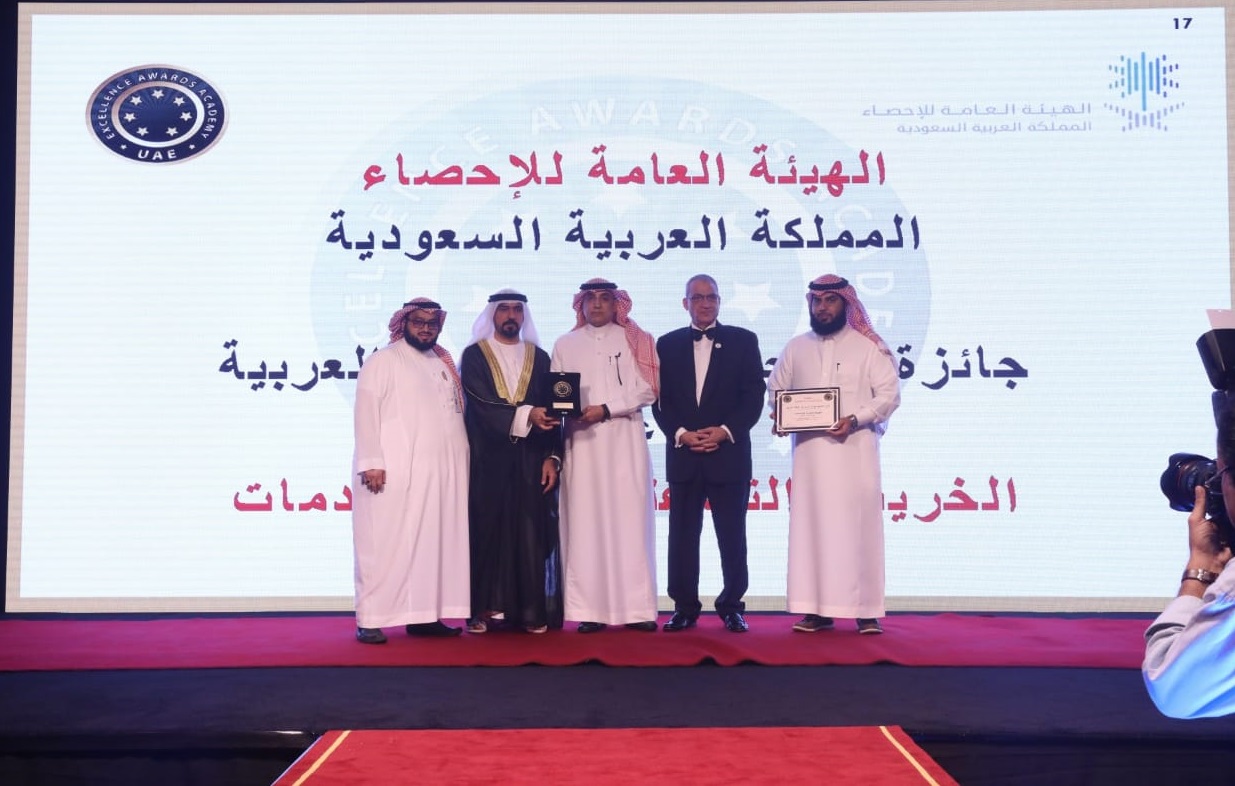
GaStat Wins the Arab Government Achievements Award (2018) for the “Interactive map of the Services Guide”
27-06-2018

GaStat operates an advanced technical system in the implementation of "Hajj statistics"
27-08-2018

GASTAT launches the “Hajj statistical map” to publish data and facilitate information access
27-08-2018
GASTAT: The total number of pilgrims in 1439H Hajj season reached (2.371.675) pilgrims
20-08-2018
‘’GASTAT’’: More Than 7.400 Employees to Provide Information and Communication Technology (ICT) Services for Hajj Season of This Year
17-08-2018
“statistics” : More than 47.700 employees providing the services of transport, post, shipping, and supply to pilgrims
16-08-2018
“Statistics”: More Than 32,500 Employees Provide Medical and Health Services to Pilgrims in 1439 H Hajj Season
15-08-2018
“Statistics” Six Governmental Entities Integrate with Each Other to Provide Supervision and Follow-up Services to Guarantee the Success of 1439 H Hajj Season
15-08-2018
With more than 7300 supervisors, and 1480 vehicles in the field “Statistics” Six Governmental Entities Integrate with Each Other to Provide Supervision and Follow-up Services to Guarantee the Success of 1439 H Hajj Season TheGeneral Authority for Statistics (GASTAT) announced today in the statistical calendar of 1439 H Hajj season published on its official website www.stats.gov.sa that the number of the workforce that provides supervision and follow-up services to pilgrims reached more than 7300 supervisors and observers, including more than 160 women. Six governmental entities provide the supervision and follow-up services; Makkah Region Emirate, Medina Emirate, Ministry of Hajj and Umrah, Ministry of Commerce and Investment, Control and Investigation Board, and Ministry of Labour and Social Development. These entities have many supervision tasks such as: general supervision on all services provided in Hajj from all government entities, coordination with different government entities, making sure that all necessary preparations related to Hajj season are available, developing necessary plans to address any faults or notices in order to prevent them in the Hajj season, follow-up and coordination of the procedures related to the projects' implementation and services provision in the sites related to Hajj and Umrah in Medina Region, Supervising the work of the office units and committees that carry out field tasks related to the matters of pilgrims and Umrah performers, Participating in the committees, studies and research related to the works of Hajj and Umrah, Verification of arrival procedures completion speed in the land, sea, and air ports, making sure that the pilgrims are heading directly to their residences in Makkah and Medina, Supervision on the performance of the entities working in the ports which are supervised by the ministry (pilgrims guide institutions, agencies unified office, General Cars Syndicate, Pilgrims buses guidance bureau) and monitoring the failure, monitoring any direct development, Supervising the operations of transferring pilgrims from the air, land and sea ports to Makkah and Medina to be safe and easy, Inspection of Pilgrims' residences in Makkah and Madinah and address deficiencies if any, Follow-up the availability of quantities of goods, basic food supply and main meals in Makkah, Medina ,Jeddah, Taif and the holy places, follow up the availability of quantities in the suppliers and traders of food supply, basic supplies, national factories and the quantities of goods associated with them imported from Jeddah Islamic Port and other ports, monitoring the inventory and follow-up its availability in sufficient quantities to meet any potential increase in demand, or the occurrence of emergencies requiring food supply with continuous supplying without obstacles, Increasing the supervision on shops to ensure the quality of food commodities offered ,their suitability for consumption and its conformity to the standard specifications, supervision of the services provided to pilgrims in the ports of entry and ports of departure by land, sea and air, Comprehensive control over the services provided in the Hajj, Participation with the committee of sites distribution and clearance of government entities in the holy places, Follow up the arrival of seasonal labor through air, land and sea ports, Follow up seasonal labor during the Hajj season and make sure of their workplaces and places of residence, Follow-up facilities with seasonal visas and the application of regulations against any violation, as well as providing social care for children and elderly in care centers. The supervision and follow-up work of the concerned governmental entities includes both office work and the field work, as the total number of vehicles assigned to these tasks in the field reached more than 1480 vehicles, including custom equipment, cars, and motorcycles equipped with more than 2320 wireless devices for direct communication. The 1439 Hajj Statistical Calendar, published by the General Authority for Statistics, contains details of these statistics, it can be accessed through the official website of the GASTAT.
“Statistics”: More than 192.200 Male and Female Employees Working Around the Clock to Serve the Pilgrims in the Field of Public Services
14-08-2018
GASTAT starts the enumeration process for pilgrims of 1439 H
12-08-2018
GASTAT Launches the “Statistical Calendar” for 1439H Hajj Season
12-08-2018

Makkah Receives Pilgrims with "Security" and " Statistics"
11-08-2018

Dr. Fahad Altekhaifi: Saudi Arabia is the Heart of the Islamic World, and Serving Pilgrims is an Honor
11-08-2018
Saudi Arabia was pleased to serve 54 million pilgrims during the last 25 years
09-08-2018

GASTAT Releases the Results of the Household Health Survey 2017
30-07-2018
The General Authority for Statistics (GASTAT) Released the Real Estate Price Index, Q2, 2018
30-07-2018

The Task Teams of the (Coordination Committee of the General Authority for Statistics) discuss ways of exchanging data between government entities
16-07-2018

GASTAT: Saudis economic participation rate increased, total population unemployment rate is (6.1%), and Saudis unemployment rate is (12.9%)
05-07-2018

The General Authority for Statistics is conducting 5 field statistical works next week
04-07-2018

GASTAT releases the labour market bulletin (first quarter, 2018) next Thursday in a press conference
03-07-2018

GaStat Wins the Arab Government Achievements Award (2018) for the “Interactive map of the Services Guide”
27-06-2018